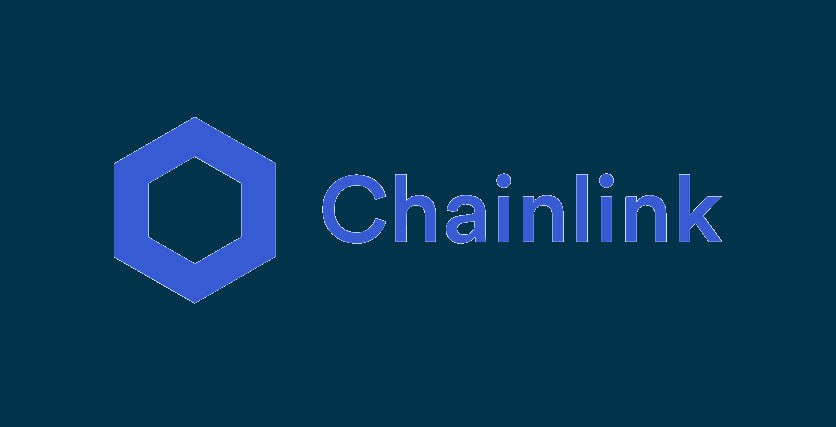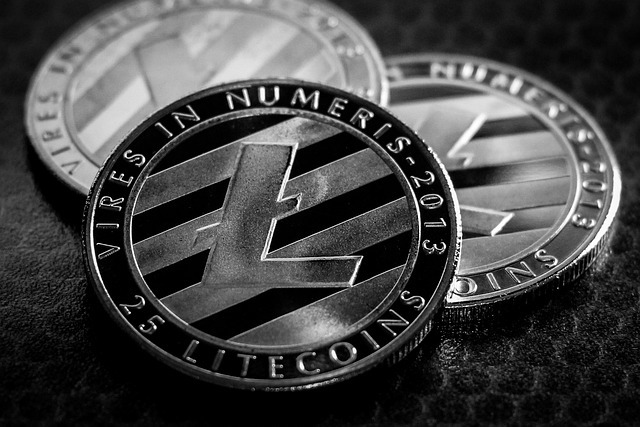
- Chainlink emerges as a pivotal player in revolutionizing finance by addressing the three critical stages of tokenized real-world assets (RWAs).
- Through enriching RWAs with real-world information, enabling cross-chain interoperability, and ensuring data accuracy during transfers, Chainlink positions itself as the linchpin for a transparent, efficient, and accessible onchain financial system.
In the fast-evolving landscape of finance, the integration of blockchain technology has opened up new possibilities for a more transparent, efficient, and accessible global financial system. As major players in the financial industry explore tokenization, Chainlink emerges as a crucial player in addressing the three key requirements for tokenized real-world assets (RWAs).
Unlocking the Potential of Onchain Finance
Collaborating with Swift, the messaging network connecting over 11,000 banks, Chainlink, alongside leading institutions such as Euroclear, Clearstream, BNP Paribas, BNY Mellon, and Citi, has successfully demonstrated a secure and scalable solution for connecting multiple blockchains. This marks a pivotal step toward bringing traditional capital markets onchain, with institutions like the world’s largest securities settlement system, DTCC, actively working with Chainlink.
Enriching RWAs With Real-World Information
Tokenized RWAs extend beyond simple representations of assets. They require a wealth of information to function effectively, including proof of reserves, corporate actions, identity data, risk management, settlement requirements, and net asset value. Chainlink’s decentralized computation platform has become the industry standard for enriching RWAs with offchain data. Through services like Proof of Reserve, Identity, Data Streams, and Functions, Chainlink ensures a comprehensive and secure integration of real-world information into tokenized assets.
Stage 1: Enriching RWAs With Real-World Information
Chainlink’s services, delivering over 10.8 billion data points onchain, address the need for transparency and proactive risk management. By consolidating fragmented information and processes into cohesive assets, Chainlink facilitates the creation of assets that eliminate information asymmetry and provide robust risk management features.
Stage 2: Enabling Liquidity With Cross-Chain Interoperability
Recognizing the proliferation of diverse blockchain networks, Chainlink’s Cross-Chain Interoperability Protocol (CCIP) serves as a standard akin to TCP/IP, connecting onchain markets and preventing the formation of fragmented islands of liquidity. This universal blockchain interoperability standard enables seamless transfer of RWAs between blockchains, promoting accessibility and enhancing global market liquidity.
Stage 3: Keeping RWAs Updated as They Move Cross-Chain To Maintain the Golden Record
Maintaining accurate and up-to-date information as RWAs move across chains is crucial for preventing issues akin to those witnessed during the 2008 global financial crisis. Chainlink’s blockchain-agnostic platform, with services like Proof of Reserve, Functions, and Data Streams, ensures that RWAs remain connected to necessary offchain data as they traverse different blockchains.
In a testament to Chainlink’s efficacy, institutions like ANZ are utilizing Chainlink CCIP to enable customers to seamlessly purchase tokenized assets across chains and currencies. As the leading platform for tokenized RWAs, Chainlink is not only powering existing projects like TrueUSD and Pax Gold but is also paving the way for a universal blockchain interoperability standard in collaboration with industry giants like Swift and DTCC.
In the realm of onchain finance, Chainlink stands as the linchpin, addressing the intricate requirements of tokenized RWAs and propelling the financial industry into a future characterized by transparency, efficiency, and accessibility.




